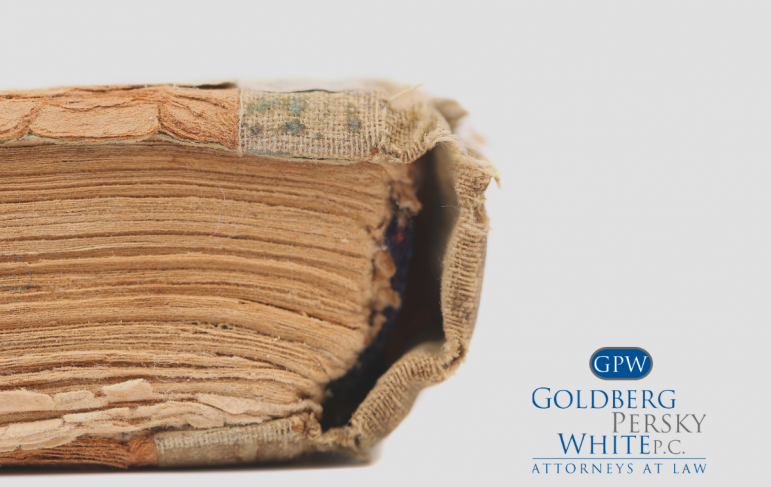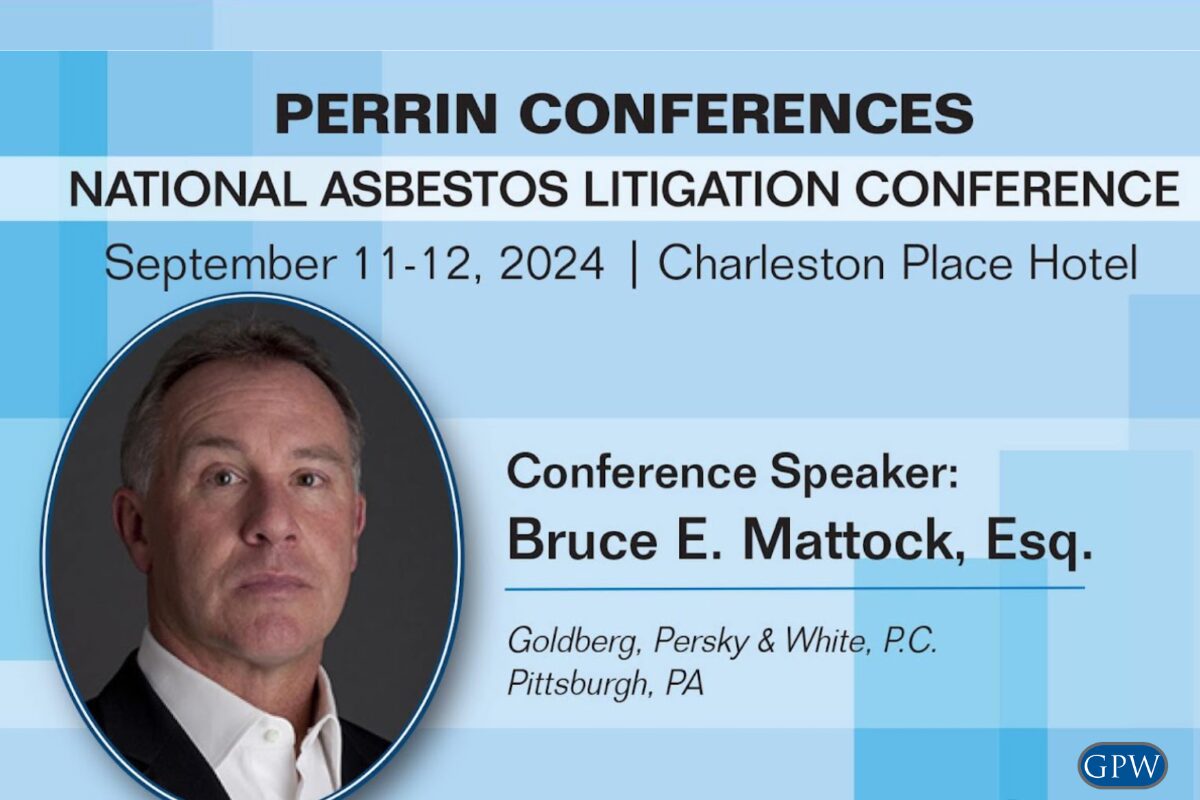Why Are Many Asbestos Millboard and Paper Products Banned or Restricted?
Throughout much of the 20th century, many companies added asbestos to commercial and consumer products because of its valuable qualities. It is a fireproofing agent because it does not conduct heat and is fire-resistant. It is a fibrous material that is easy to work with and flexible. Asbestos manufacturing facilities used the same paper equipment used in the paper mill industry to produce asbestos-containing millboard and paper insulation products that are now banned or restricted.
Types of Millboard and Paper Products that Contained Asbestos
- Asbestos paper was primarily used as insulation or as backing for other thermal-resistant products such as appliances, piping, or electrical systems. As applied, asbestos paper usually was folded, pulled, or ripped. These actions caused the microscopic particles of asbestos to spread into the environment.
- The asbestos corrugated paper was a paper product that presented ridges that created pouches of air, aiding in insulating steam pipes. Sometimes the asbestos corrugated paper was added to storage boxes to provide strength. Workers were exposed to asbestos when they intentionally or accidentally ripped or damaged the paper, releasing the microscopic asbestos particles into the environment.
- Asbestos Millboard was heavily used for the walls and ceilings near machinery that produced heat like stoves or furnaces. Millboard was also used in many industrial applications, including linings in boilers, kilns, and foundries; insulation in equipment in the glass industry; linings for troughs and covers in the aluminum, marine, and aircraft industries; and thermal protection in circuit breakers in the electrical industry. Smaller millboards were sold as cooking mats or iron pads. If a worker was trying the asbestos millboard, they were unknowingly exposed to the asbestos particles.
Health Effects of Asbestos Exposure
Asbestos products are often brittle, releasing tiny glass-like fibers. When inhaled, the fibers are embedded in bodily tissues and organs. Once embedded in lung or stomach organs, linings, or tissue, it remains there indefinitely, irritating cells, causing chronic inflammation, building scar tissue, and forming cancerous tumors. Often there is a long latency period which can span decades, between inhalation of the asbestos fibers and the onset of symptoms of the disease. Asbestos is known to cause asbestosis, mesothelioma, lung cancer, colon cancer, and throat cancer. All forms of asbestos are carcinogenic.
On-the-Job and Second-Hand Asbestos Exposure
Asbestos paper usually consists of 70 to 90 percent asbestos fiber. Paper pulp was mixed wet with asbestos and placed by hand from open containers into large drying machines that would spread the asbestos-paper pulp mixture into thin sheets run through a pulp roller.
Periodically, the dryer and roller felt would require replacement, so new felts were cut and fitted by hand onto the drying pulp rolling machine. Throughout the entire process, people involved in the production, equipment maintenance, and equipment repair were exposed to asbestos dust and particles throughout the factory.
Asbestos factory workers who handled raw asbestos regularly have suffered the worst health consequences. However, home appliances such as hair dryers were lined with paper asbestos as insulation against heat.
Manufacturers of Asbestos Paper Products
There were numerous companies involved in manufacturing one or more asbestos-containing paper products. Many companies filed for bankruptcy due to liabilities under asbestos lawsuits. However, the courts required each to set up a settlement trust to cover current and future claims due to their negligence in informing workers and consumers of the risks of using asbestos -products.
| Manufacturer or User Company | Asbestos Product |
| Anaconda Wire & Cable Co. (out of business) | Paper |
| Armstrong World Industries, Inc.* | Paper |
| Celotex* | Millboard, Paper, Corrugated Paper |
| GAF Corporation* | Millboard, Paper, Corrugated Paper, |
| Johns Manville* | Millboard, Paper, Corrugated Paper |
| Keene Corporation* | Paper, |
| National Gypsum Products * | Millboard, Paper |
| Owens Corning* | Paper |
| United Land Corporation of America | Millboard |
| United States Gypsum Corporation* | Paper |
*asbestos settlement trusts acquired.
Are Asbestos Paper Products Banned?
The EPA attempted to issue a ban on all asbestos products in 1989, but the U.S. Court of Appeals overturned the ban in 1991 under pressure from industry lobbyists. The EPA was able to ban six asbestos products at the time. Under the 1989 TSCA ruling § 763.165, corrugated paper, roll board, commercial paper, and specialty paper are banned from use, manufacture, importation, and processing in the U.S.
Products covered under EPA’s April 2019 final TSCA, “New Commercial Use” ruling cover asbestos products that are no longer on the market, which cannot return to commerce without the EPA evaluating them and putting in place any necessary restrictions or prohibitions on their use. Paper products included in this category include:
- High-Grade Electrical Paper – The asbestos electrical paper was used as insulation for high temperature, low voltage applications, such as motors, generators, transformers, switch gears, and other heavy electrical apparatuses.
- Asbestos Millboard – Asbestos millboard was a heavy cardboard product used for gaskets, insulation, fireproofing, and resistance against corrosion and rot.
Suppose companies had not hidden evidence that asbestos extraction, handling, processing, repair, or removal was hazardous to human health. In that case, many fatalities and illnesses may have been able to have been prevented.
You might be entitled to receive compensation from the company that exposed you to asbestos. If that company is no longer in operation, they may have set up an asbestos trust to handle your claim. Learn how we can help you today by setting up a free consultation with Goldberg, Persky & White.




